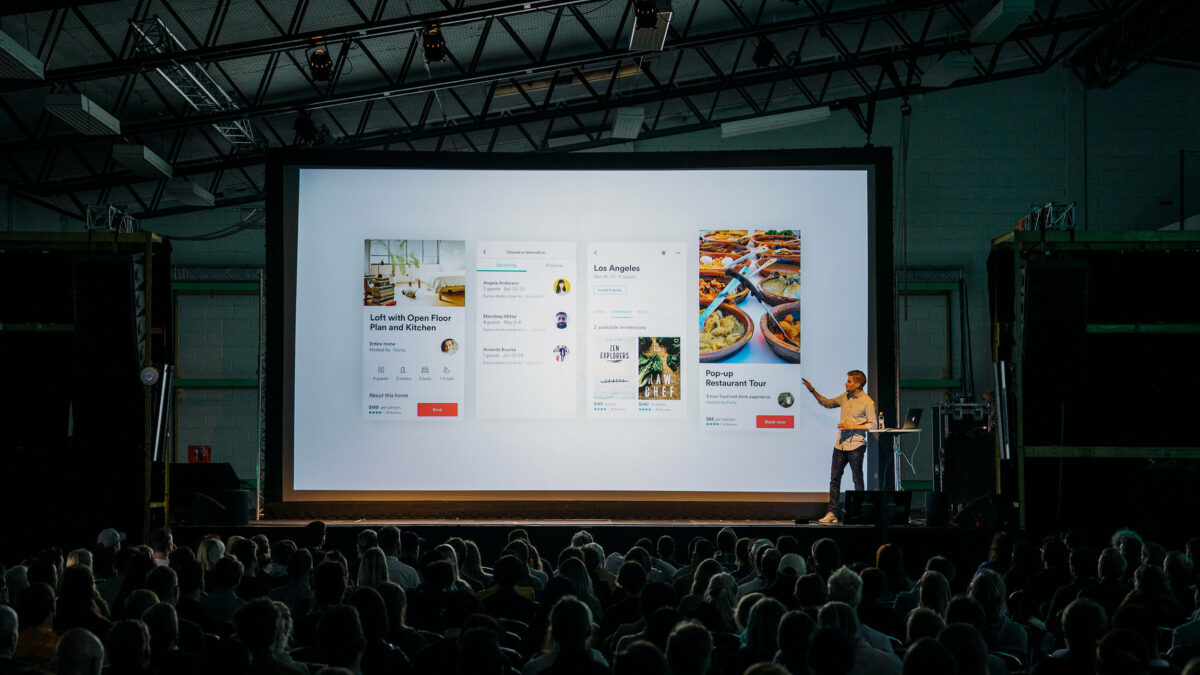
Previously I wrote about the fact that digital marketing activities are increasingly automated. Now I’d like to speculate a bit on what other marketing activities might be automated as well, and what this will all mean for the function.
Some traditional, non-digital marketing activities are being chipped away by automation. Television advertising—the mainstay of large companies’ marketing activities for many years—is moving toward a “programmatic buying” model. Some TV networks already allow programmatic buying of ad space using some of the same software and auction networks that digital ads employ. While it is unlikely that a Super Bowl ad (at $4 million or so for 30 seconds of glory) will be purchased programmatically anytime soon, the future of TV ads seems increasingly automated if only so that ad buyers can use similar approaches across channels.
Inbound and outbound call centers, some of which involve marketing activities, are also often managed with automated tools. Inbound calls are matched using software to the agents most likely to engage effectively with a particular customer. Some companies also make automated predictions about the most likely issue the customer wants to address, and then direct calls to the person best qualified to deal with that issue. Inbound callers and website users may also be automatically ranked on their likelihood of attrition.
Some undeniably human marketing efforts are being assisted by partial automation. Creative brand development activities, for example, are still done by humans, but the decisions about which images and copy will be adopted are now sometimes made through automated testing. Mike Linton, the Chief Marketing Officer (CMO) of Farmers Insurance, commented in an interview that:
Marketers still need creative skills without the aid of analytics or automation, but you can use those tools to test the creative after it’s been developed. A/B testing in digital marketing helps you determine the details around the creative—where it goes on the web page, and small decisions like color and so forth. Over time, analytics and creative work together to make for improved impact in the marketplace and on the ROI.
High-level decisions about marketing mix and resource allocation are still ultimately made by marketing executives, but they are usually done with software and are often performed more frequently than annually. It would not surprise me to see tasks such as selecting agency partners and making employee hiring decisions made through the use of software and analytics in the future.
Successful adoption of automation requires new processes, disciplines, and approaches to data and decision-making. It clearly requires access to data—both that in internal transaction systems, and external data on customers and markets. To analyze all that data, marketers need to be comfortable with analytics and data science. As Brian Harrington, Executive Vice President and Chief Marketing Officer of Zipcar, put it in an interview, “In an ideal world everyone would be fluent in digital and marketing analytics.”
Mr. Harrington said that this applies to everyone in the marketing function, including formerly “creative” roles:
I want to get to a place where a copywriter has almost as much fluency around programmatic buying, for example, as the people who manage the campaign. If they want a career in marketing—to be a modern marketer, and add value in marketing—everyone has to have a base or deeper understanding of digital and analytics. We are blending art and science here, and everyone needs to know something about both.
Another key capability is to engage with a variety of vendors in the “ad tech,” marketing automation, and digital marketing space. This is a substantial challenge, as the technologies and the vendor landscape are both confusing and fast-moving.
Most marketers won’t be able to handle this shift toward digital, analytics, and automation by themselves. Therefore, they must develop a highly capable services ecosystem to help them address all these issues. The days when one agency could handle all marketing services are probably over. Few agencies have deep expertise in all channels, software, and automation approaches.
Organizational structures and relationships need to change as well. Many marketing organizations have created analytics and technology groups. Kimberly Clark, for example, has appointed a “Global Head of Marketing Technology.” Charles Schwab’s marketing function has a Chief Analytics, Insight, and Loyalty Officer, a Chief Operations Officer who is primarily focused on marketing technology, and a Chief Data Officer to boot. Many companies now have “marketing engineering” groups to develop and maintain marketing-oriented systems and websites, and LinkedIn currently lists over 56,000 marketing engineering jobs.
While marketing automation will lead to some difficult changes in the nature and work of the function, it offers much potential for value. It can lead to better and more reliable decisions about how best to spend scarce marketing resources, and can lead to closer customer relationships that build brand equity and improve financial outcomes. For those marketers who can embrace the technology and the changes it brings, it will also lead to some exciting careers. Those who keep their jobs will have found a way to augment the work of smart marketing machines. After all, marketers are supposed to be creative!
Originally published in WSJ’s CIO Journal